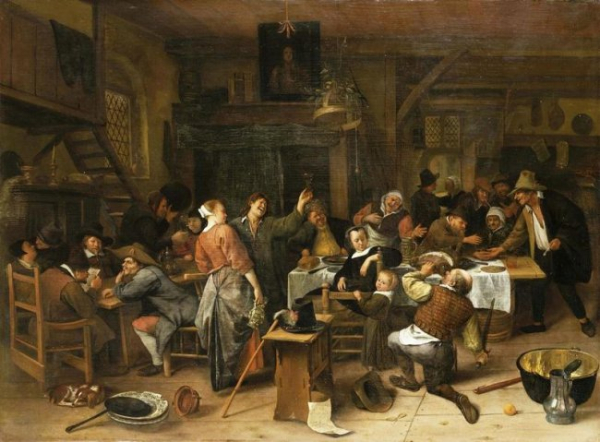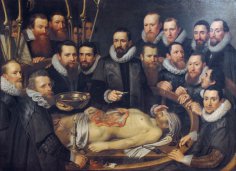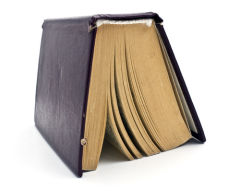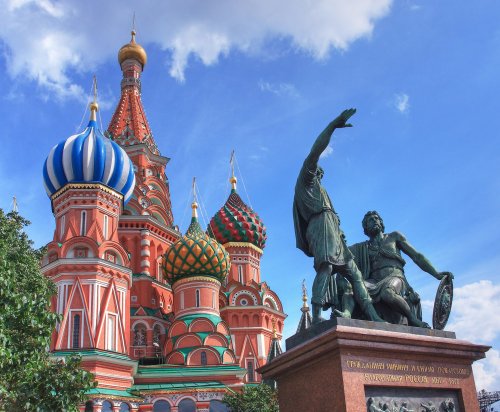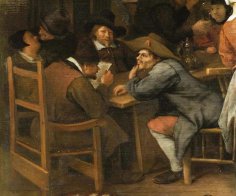
“Prince's Day! This popular holiday was celebrated on the birthday (November 14, 1650) of Prince William III of Orange-Nassau. How it was done is explained on a piece of paper on the floor in the center foreground. The text reads: 'To the health of Nassau, an elderly man joyfully raises a rapier in one hand and a glass in the other.' This is sure to raise the spirits; the revelers pay no attention to the portrait from which the prince watches the proceedings” (text accompanying the painting on the museum's website).
Today, centuries after the events of those years, it's impossible to say whether the people loved their ruler or not. One thing is certain: the Prince of Orange was a fierce opponent of Catholicism, which brought countless disasters to the Netherlands (the most ruthless fighter against heresy was the Spanish Duke of Alba). He was apparently an incredibly talented man: despite his youth (22), he was appointed stadtholder of the Netherlands and held this position until his death in 1702, becoming King of England and Scotland at the age of 39. Historians write that he laid the foundations of the country's political and economic system.
The first question: where is this taking place? It seems to be the home of the village elder, who organized the festival both by order and with funds allocated by the treasury. They're celebrating in style: it's a sunny day outside (the sun is streaming through the window), and the crowd isn't at work. They're probably feasting on a Sunday.
(There is a detail that suggests that the room is constantly used for meetings – a bell under the ceiling.)
The house is quite large; about twenty people have gathered for the feast. These are likely the wealthiest members of the village. A curtained alcove is visible in the background. Above the alcove, just below the ceiling, is a portrait of the birthday boy, the Prince of Orange. To the left, a staircase leading to the mezzanine is visible.
Who's feasting? Peasants: simple costumes, no weapons (except for a rapier, as it's called in the caption).
On the wooden floor, covered with wide planks, is a table to the left, around which seven people are seated: one, with a paper in his hand, his nose buried in it (his eyesight is lousy), is poring over the text. Most likely, he is the headman's clerk. He is apparently sitting in the master's chair, but that's only today and because of the holiday.
The owner is a little to the right, he has a stylish moustache, a wedge-shaped beard, a black wide-brimmed hat and a good-natured face (he’s had a drink and relaxed).
Opposite the reader on the chair is an attentive listener with sharp features and a fashionable hat. His genuine interest is so intense that he doesn't care at all about what's going on. Why? Because any document from the ruler almost always heralds new levies: taxes, food supplies, billets for soldiers…
And on the left is a flirting couple, who don’t care about what’s going on around them.
In the center of the painting is a woman in a black dress with a white collar. Next to her is a child of about 5 or 6 years old. This is most likely the mistress of the house and her offspring.
The other women (not counting the maid, whose back is to the viewer) are far from young. They are a kind of village elite, the wives of wealthy peasants.
The snacks and drinks are not rich, but not poor either: there is a ham on the central table, wine in jugs (one is on the floor to the right, the other on the left table in the background).
Here, at the table, two participants in the feast make a deal or make a bet – a little drunk does not interfere with doing business.
The people are feasting, enjoying the moment. Something will happen tomorrow…
